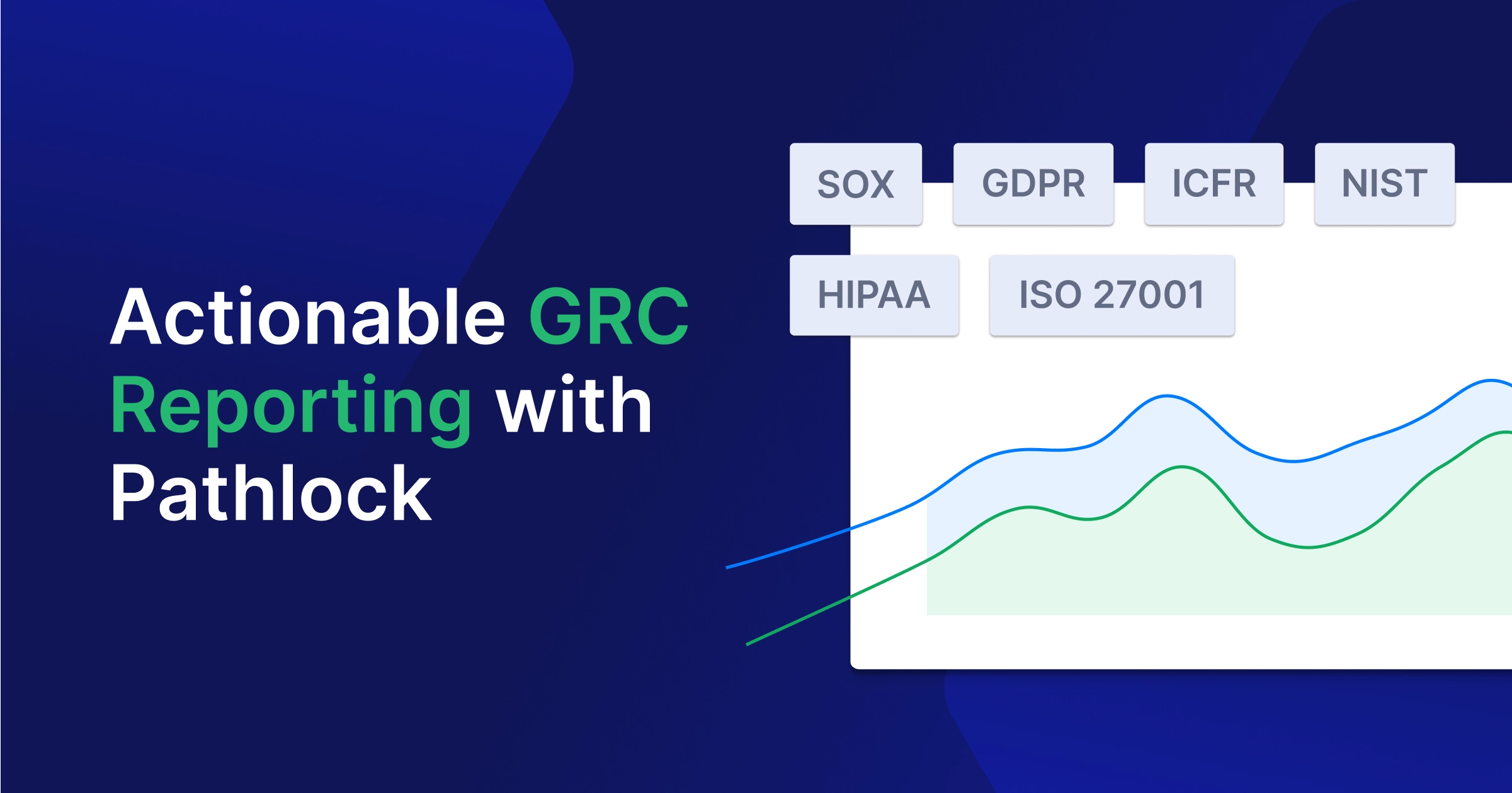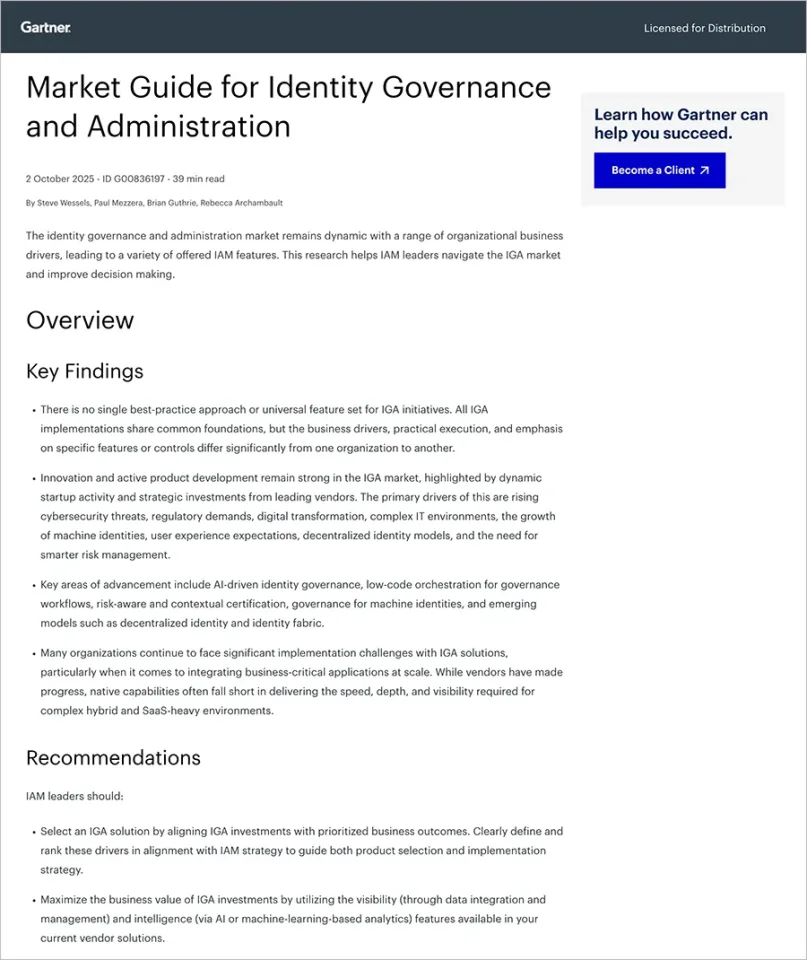In today’s data-driven world, managing information effectively isn’t just a best practice—it’s a competitive advantage. Data governance serves as the foundation for ensuring your organization’s data remains accurate, secure, and fully leveraged to drive growth. But it’s more than just a set of rules; it’s a strategic framework that brings together people, processes, and technology to consistently manage and protect data across the enterprise.
In this post, we’ll explore why data governance is critical, breaking down its core components and revealing how it elevates data quality, mitigates risks, ensures compliance, and empowers smarter decision-making. Whether you’re seeking to tighten control over your data or safeguard sensitive assets, understanding data governance is the key to thriving in today’s fast-paced, data-centric environment.
What Is Data Governance?
The overall management of data within an organization is referred to as “data governance.” This includes measures of the availability, integrity, functionality or usability, integrity, and security of data at any given time.
The key components of data governance include:
1. People: Roles and responsibilities in the data governance process
2. Processes: Policies, procedures, and standards for data handling
3. Technology: Tools and systems used to implement and monitor data governance
The Importance of Data Governance
Effective data governance works best when it ensures that the organization’s data is of excellent quality, remains secure, and adheres to regulatory requirements. It also enables businesses to derive maximum value from their data assets while minimizing risks associated with data breaches or misuse.
Implementing strong data governance practices offers several critical benefits to organizations:
1. More Accurate and Reliable Data: Data governance maintains data integrity and consistency through standard procedures and validation rules. It enhances trust in the data and its output, giving employees confidence in decision-making.
2. Improved Risk Management: Data governance is a vital tool for risk management. It helps organizations conform to data-related regulations and standards like GDPR and CCPA, decreasing legal and operational risks. It also defines data responsibilities, ensuring appropriate data handling at all stages.
3. Enhanced Decision Making: Quality and accessible data underpin informed decision-making. Data governance ensures that decision-makers have accurate data to identify trends, measure performance, and predict future scenarios.
4. Cost Control: Efficient data management can lead to reduced storage costs, improved operational efficiency, and fewer resources spent on data-related issues. Proper data governance helps organizations avoid non-compliance fines, reduce operational inefficiencies, and prevent expensive errors resulting from inaccurate data. It also streamlines data-related processes, reducing resource expenditure on data management and correction.
5. Increased Regulatory Compliance: A robust data governance framework helps organizations meet and maintain compliance with various data protection and privacy regulations. This entails promoting a corporate culture that prioritizes the precision, honesty, and safeguarding of data throughout the company.
By focusing on these areas, organizations can leverage their data assets more effectively and mitigate any downsides from a substandard (or nonexistent) data governance program.
What Are Data Governance Metrics and KPIs?
The quantitative measures used to evaluate the effectiveness of data governance practices are often referred to as data governance metrics or key performance indicators. These metrics provide insights into various aspects of data management, including:
- Data quality
- Usage
- Compliance
- Security
They assess a company’s effectiveness in managing its data assets, taking into account aspects like data quality, usage, adherence to rules, managing risks, and ensuring security. These metrics provide a valuable understanding of a business’s data governance protocols.
Organizations use these metrics to:
- Benchmark their current data governance performance
- Monitor progress over time
- Identify areas for improvement
Common Data Governance Metrics
Data governance metrics can be grouped into several categories based on their focus and purpose. Consider the following:
Data Quality Metrics
Data quality metrics assess the accuracy, completeness, and reliability of an organization’s data assets. These metrics are crucial for ensuring that decision-makers have access to trustworthy information.
Data Quality Score
The Data Quality Score metric assesses how accurate, complete, consistent, and timely data is across an organization’s systems. This measure is critical for ensuring that decision-makers have access to reliable and accurate information.
How to Measure: Calculate the percentage of data records that meet predefined quality standards (e.g., completeness, consistency) against the total number of records in a dataset.
Purpose and Use Cases: Data Quality Score is used to identify data issues that could impact business operations, regulatory compliance, or customer satisfaction. It’s particularly useful for assessing the effectiveness of data governance strategies over time and ensuring that data meets the requirements for analytics, reporting, and decision-making.
Ratio of Data to Errors
The Ratio of Data to Errors metric measures the proportion of error-free data records to the total number of records in a dataset.
How to Measure: Divide the number of error-free records by the total number of records in a dataset, then multiply by 100 to get a percentage.
Purpose and Use Cases: This metric helps organizations identify areas where data quality issues are most prevalent, allowing them to focus their data cleansing and improvement efforts more effectively. It’s particularly useful for assessing the impact of data quality initiatives over time.
Number of Empty Values
The Number of Empty Values metric counts the instances of missing or null values in a dataset.
How to Measure: Count the total number of empty or null fields across all records in a dataset.
Purpose and Use Cases: This metric helps identify gaps in data collection processes and highlights areas where data completeness needs improvement. It’s particularly useful for ensuring that critical data fields are populated consistently across systems.
Data Transformation Errors
The Data Transformation Errors metric tracks the number of errors that occur during data integration or transformation processes.
How to Measure: Count the number of failed or error-prone data transformations during ETL (Extract, Transform, Load) processes or data migrations.
Purpose and Use Cases: This metric helps organizations identify issues in their data integration processes, ensuring that data remains consistent and accurate as it moves between systems. It’s particularly useful for maintaining data integrity in complex data environments.
Compliance and Security Metrics
Compliance and security metrics focus on ensuring that data handling practices adhere to relevant regulations and protect sensitive information from unauthorized access or breaches.
These regulations include:
1. General Data Protection Regulation (GDPR) in the European Union
2. California Consumer Privacy Act (CCPA) in the United States
3. Health Insurance Portability and Accountability Act (HIPAA) for healthcare organizations
4. Payment Card Industry Data Security Standard (PCI DSS) for businesses handling credit card information
Failure to comply with these regulations can result in severe penalties, including hefty fines and reputational damage. Moreover, data breaches can lead to significant financial losses, erosion of customer trust, and long-term damage to an organization’s brand.
Compliance and security metrics help organizations:
- Assess their current level of compliance with relevant regulations
- Identify potential vulnerabilities in their data protection measures
- Track the effectiveness of security controls and policies
- Demonstrate due diligence to regulators and stakeholders
- Prioritize investments in data security and compliance initiatives
What follows are key compliance and security metrics that organizations should consider tracking:
Data Encryption Percentage
The Data Encryption Percentage metric measures the proportion of sensitive data that is properly encrypted at rest and in transit.
How to Measure: Calculate the percentage of sensitive data fields or records that are encrypted compared to the total number of sensitive data elements.
Purpose and Use Cases: This metric helps organizations assess their data protection measures and ensure compliance with data security regulations. It’s particularly important for industries handling sensitive personal or financial information.
Data Privacy Compliance Rate
The Data Privacy Compliance Rate metric assesses an organization’s adherence to data privacy regulations such as GDPR, CCPA, or industry-specific requirements.
How to Measure: Calculate the percentage of data handling processes that comply with relevant privacy regulations compared to the total number of processes involving personal data.
Purpose and Use Cases: This metric helps organizations track their compliance efforts and identify areas where additional privacy measures may be needed. It’s crucial for avoiding regulatory fines and maintaining customer trust.
Data Incident Rate
The Data Incident Rate metric tracks the frequency of data-related incidents, such as breaches, leaks, or unauthorized access attempts.
How to Measure: Count the number of data incidents over a specific period, typically expressed as incidents per month or quarter.
Purpose and Use Cases: This metric helps organizations assess the effectiveness of their data security measures and identify trends in security incidents. It’s useful for prioritizing security investments and demonstrating improvements in data protection over time.
Data Uniformity Rate
The Data Uniformity Rate metric measures the consistency of data formats and structures across different systems or departments within an organization.
How to Measure: Calculate the percentage of data elements that adhere to standardized formats and structures compared to the total number of data elements.
Purpose and Use Cases: This metric is particularly useful for large organizations with multiple data sources or those undergoing data integration initiatives where data interoperability is important.
Data Usage and Management Metrics
Data usage and management metrics focus on how effectively data is utilized and managed within an organization.
Data Usage Frequency
The Data Usage Frequency metric measures how often specific datasets or data elements are accessed or used by employees or systems.
How to Measure: Track the number of times a dataset or data element is queried, accessed, or used in reports over a given period.
Purpose and Use Cases: This metric helps organizations identify their most valuable data assets and ensure that resources are allocated appropriately for data management. It’s useful for optimizing data storage and access strategies.
Number of Active Data Users
The Number of Active Data Users metric tracks the count of employees or systems regularly accessing and using data assets.
How to Measure: Count the number of unique users or systems that access data repositories or analytics tools over a specific period.
Purpose and Use Cases: This metric helps organizations assess the adoption of data-driven decision-making across the company. It’s useful for identifying departments or teams needing additional data usage support or training.
Data Access Approval Time
The Data Access Approval Time metric measures the average time it takes for data access requests to be approved or denied.
How to Measure: Calculate the average time between when a data access request is submitted and is either approved or denied.
Purpose and Use Cases: This metric is useful for identifying bottlenecks in the data access process and ensuring that legitimate data needs are met promptly.
Data Access Compliance
The Data Access Compliance metric assesses whether data access patterns align with defined policies and user roles.
How to Measure: Calculate the percentage of data access events that comply with predefined access policies and user role definitions.
Purpose and Use Cases: This metric helps organizations ensure that data access controls are effective and that users only access data they are authorized to view. It’s crucial for maintaining data security and regulatory compliance.
Data Governance Maturity Metrics
Data governance maturity metrics assess the overall progress and effectiveness of an organization’s data governance program.
Data Governance Maturity Level
The Data Governance Maturity Level metric assesses the overall maturity of an organization’s data governance practices on a predefined scale.
How to Measure: Evaluate the organization’s data governance practices against a maturity model, typically from Level 1 (Initial) to Level 5 (Optimized).
Purpose and Use Cases: This metric provides a holistic view of an organization’s data governance capabilities and helps identify areas for improvement. It’s useful for benchmarking against industry standards and setting long-term goals for data governance initiatives.
Data Stewardship Activity
The Data Stewardship Activity metric tracks the engagement and effectiveness of data stewards within the organization.
How to Measure: Count the number of data quality issues resolved, policies updated, or data-related decisions made by data stewards over a specific period.
Purpose and Use Cases: This metric helps organizations assess the effectiveness of their data stewardship program and ensure that data governance responsibilities are actively managed. It’s useful for identifying areas where additional training or resources may be needed.
Data Lineage Completeness
The Data Lineage Completeness metric measures the extent to which the organization has documented the flow and transformations of data across systems.
How to Measure: Calculate the percentage of critical data elements or processes for which complete data lineage has been documented.
Purpose and Use Cases: This metric helps organizations understand the origins and transformations of their data, which is crucial for ensuring data quality and regulatory compliance. It’s particularly useful for industries with strict data traceability requirements.
Business Unit Engagement
The Business Unit Engagement metric assesses the level of participation in data governance initiatives across different departments or business units.
How to Measure: Track the number of business units actively participating in data governance activities, such as data quality reviews, policy development, or data stewardship roles.
Purpose and Use Cases: This metric helps organizations ensure that data governance is a company-wide effort rather than an IT-centric initiative.
Protect Your Sensitive Data with Pathlock
The Dynamic Access Controls (DAC) product from Pathlock is built on an Attribute-Based Access Control (ABAC) security model. This enables a customizable and scalable, policy-based approach to data security, governance, and access control. Since the module’s dynamic data masking capabilities are governed by these easily configured ABAC policies, you can ensure that sensitive SAP data and transactions will be obfuscated without fail in scenarios where user access or actions indicate risk as defined in your organization’s custom policies.
The module’s centralized ABAC policy administration capabilities ensure that you can easily define and apply granular, dynamic access control policies without the need for redundant policy administration efforts on a per-role basis. With an intuitive user interface, customizing the out-of-the-box policies or creating your own is as easy as selecting filters to apply and requires no technical expertise for configuration.
Ultimately, the DAC module provides a least-privilege security approach that goes beyond traditional access controls, allowing organizations to ensure data security while avoiding impacts on business operations and allowing employees to perform their necessary duties.
Get in touch with us today to learn how Pathlock can secure your critical business application data and streamline regulatory compliance.



